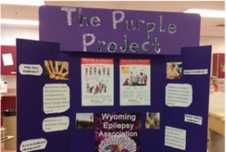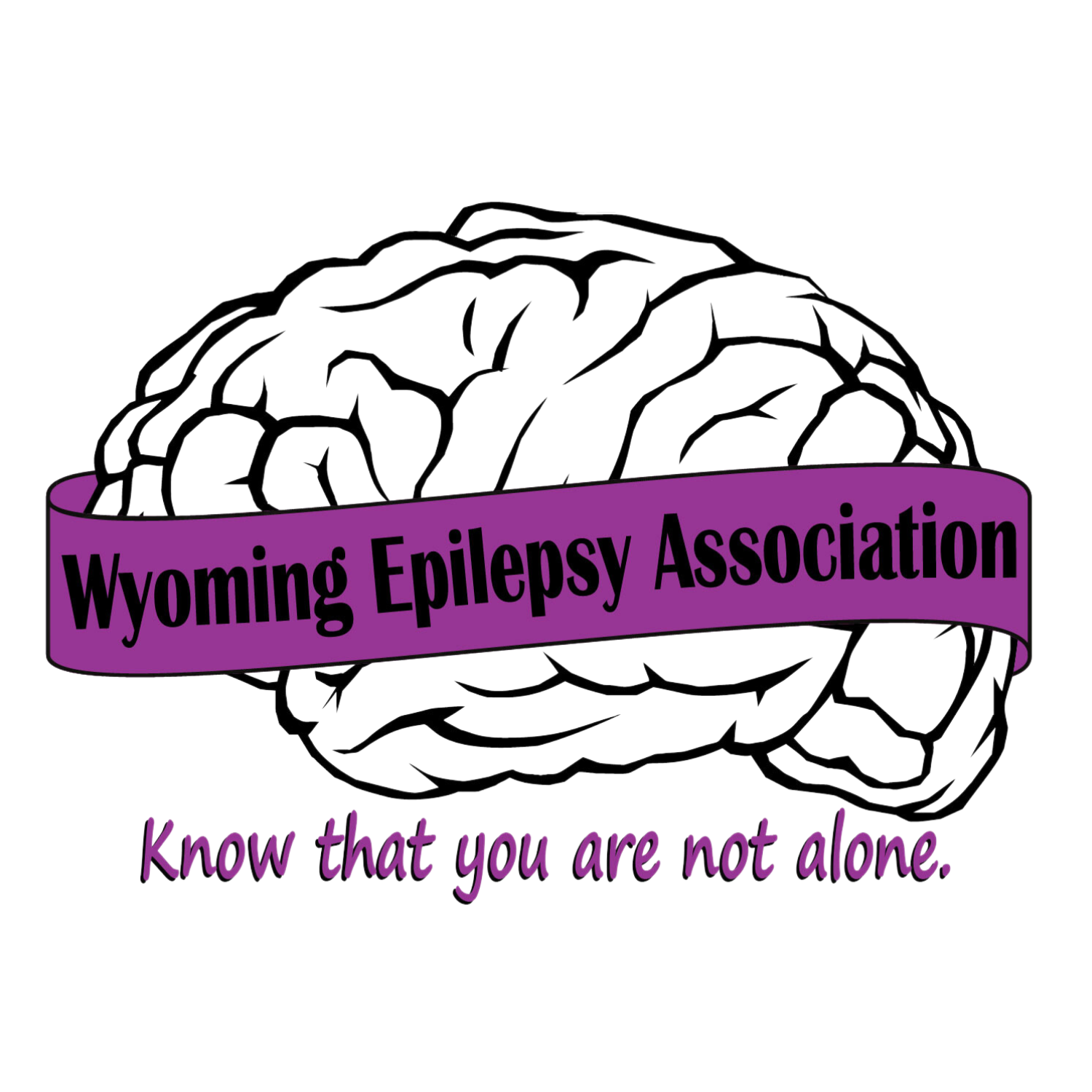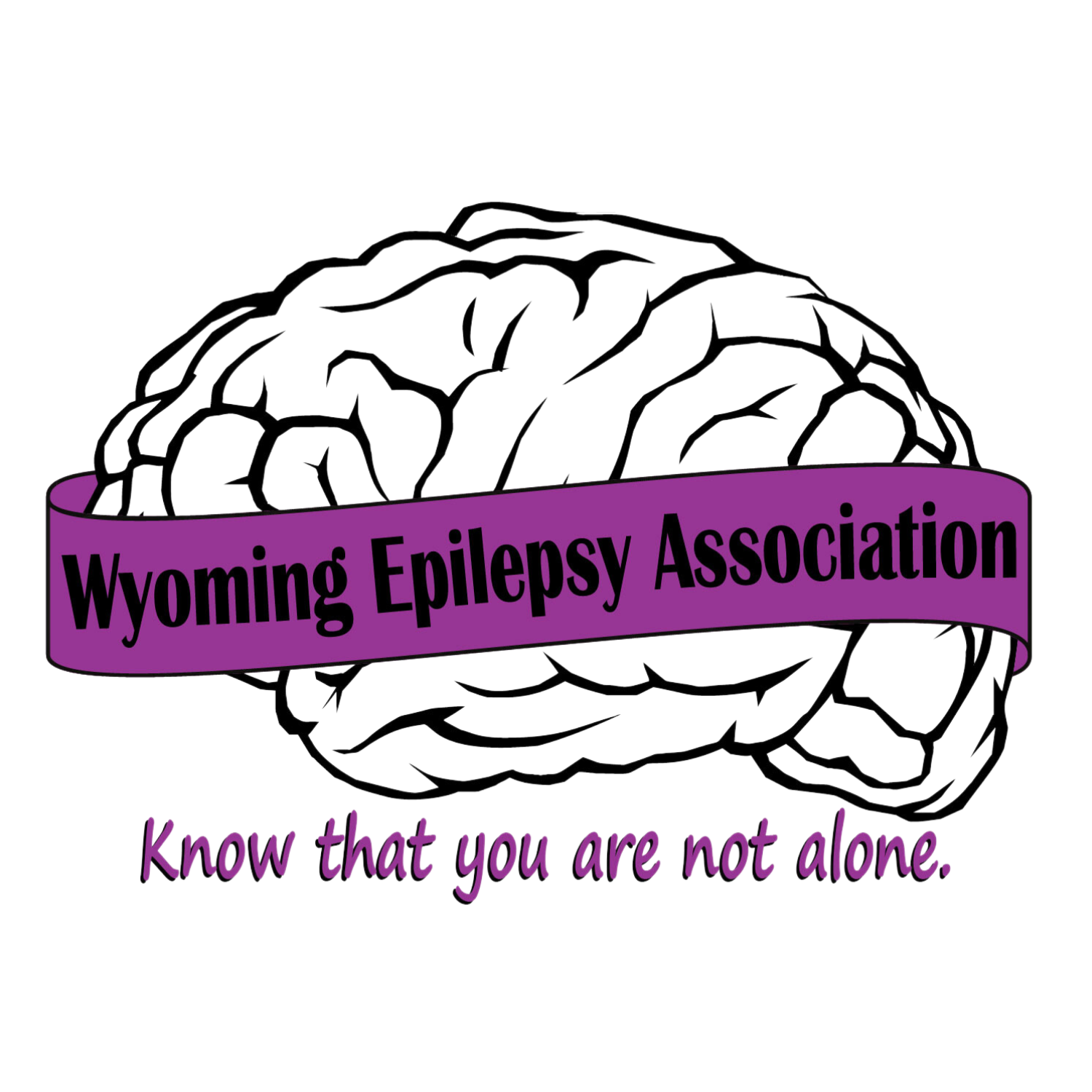Stories
Gabbie Velder

School Health Class Awareness Project
To begin my story, I suppose I should start with background information about my condition. My epilepsy was diagnosed when I was 15 months old, that’s when I began having seizures. My father has epilepsy and possibly more of his relatives, but we are unsure due to the fact he is the only child who has had a seizure that we know of. So, my younger sister, my father, and I all struggle with this neurological condition.
I’ve always known that I have epilepsy, I had seizures in elementary school and my parents explained to me well that I have a condition that a lot of people don’t have. So, I went through school knowing that I was different from the other kids, but when I was in fourth grade the seizures stopped. I had gone eight years without a seizure, my sister had never had one and my dad had been seizure-free from using medication for three years.
In January 2014, I came home and my sister and I decided to watch a movie together. We walked into the room, and not even thinking about it I flicked on the light. Soon, my sister was having a seizure. She was 8-years-old at the time. This was earth-shattering for myself and my family because we thought we’d conquered this disease. A few weeks later, I too began having seizures like my sister every weekend for several months. I didn’t stop having seizures until the end of March or the beginning of April. This meant that my sister and I were having seizures in school.
In fact, the first seizure I’d had in 8 years was in my pre-algebra classroom. My friends and anyone else who was in the room at the time had said that I began moaning, I had grabbed the girl’s arm in front of me and I began shaking as my eyes rolled into the back of my head. This is why I believe it is important to teach first-aid for seizures in school, especially to teenagers.
I presented to my freshman health class and taught them how to take care of someone in a seizure. I also presented to the 8th-grade health class; they were given first aid papers and had many questions about epilepsy and seizures which I answered, along with the assistance of a teacher.
Students did not appear to be bored during my presentation, and it was worthwhile. In fact, I was surprised at how many questions were asked and how intrigued my peers were. It took me less than 15 minutes to present first aid to the students and the rest was all questions, which took about 45 minutes. It takes under an hour present to these students, and it takes even less for an emergency to happen. Thank you for giving me the opportunity to share my story and my side of the situation.


Wyoming Epilepsy Association
1612 Central Avenue #3
Cheyenne, Wyoming 82001
